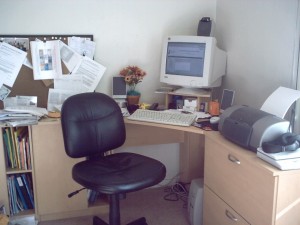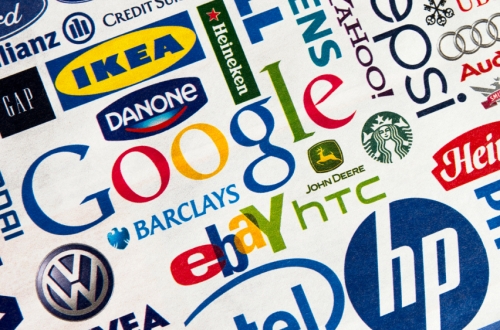
Do you have a home office but you do not claim it on your tax return? Chances are that you don’t do it because of the additional recordkeeping and the cumbersome 43-line long tax form 8829. Here is some good news for you from the IRS! Starting on 1 January, 2013, the IRS has a new simplified alternative for the home office deduction. This new “safe harbor” method is as easy as measuring the square footage of the area of your home that you use strictly for business purposes. The deduction is $5 per square foot and limited to a total area of 300 sqft. This means that the maximum you can deduct for your home office is $1,500. Previously, you had to allocate expenses between personal and business use of your home which would also mean a smaller share of itemized deductions on your schedule A for property taxes and mortgage interest. If you prefer, you can still use the long form 8829 if the actual expenses give you a better deduction. You can even decide to use actual expenses one year and use the safe harbor method the next year. Once you have made the selection for a particular tax year, you cannot revoke it though.
Like the long form 8829, the safe harbor method can be used by both renters and homeowners. Whatever method you use, just remember that the home office must be used for business purposes only. For example, if you use the extra bedroom as an office and nothing else, you can use the home office deduction. However, it that same bedroom doubles as a bedroom when guests come over or the family watches TV in it in the evening, the home office deduction cannot be used because it is not used exclusively for business.

